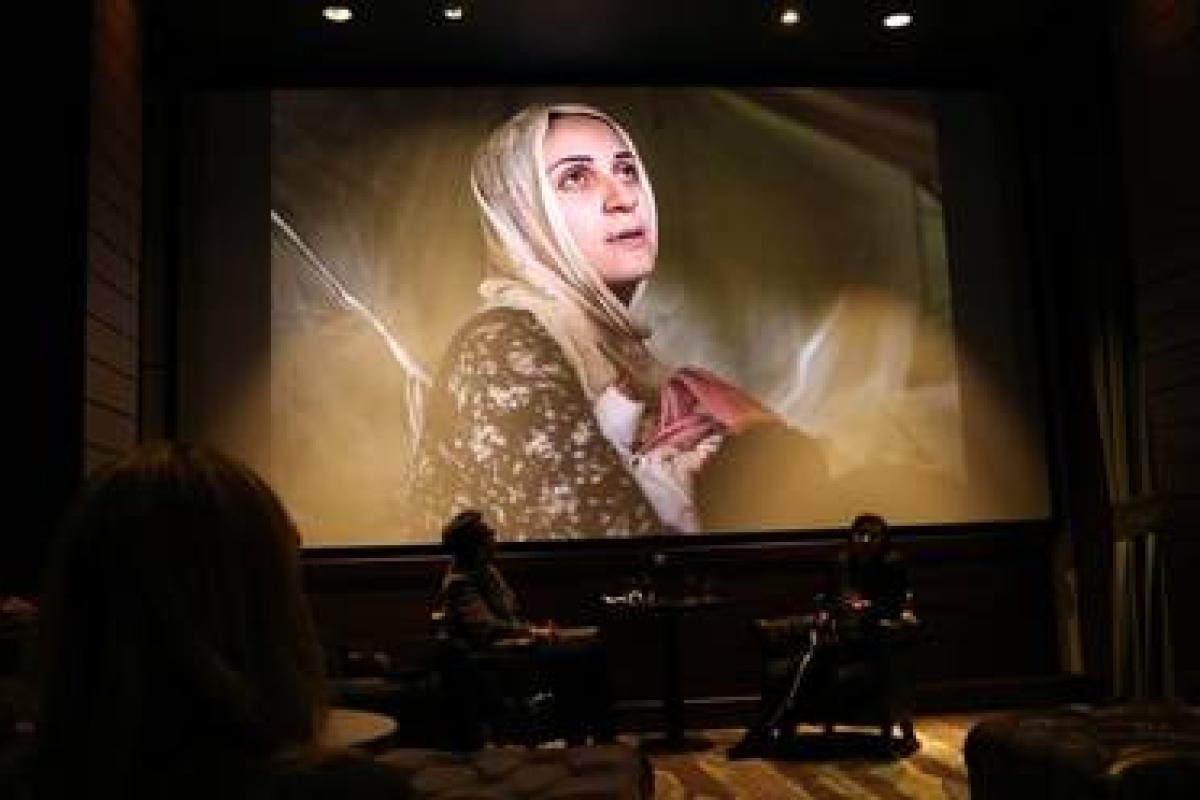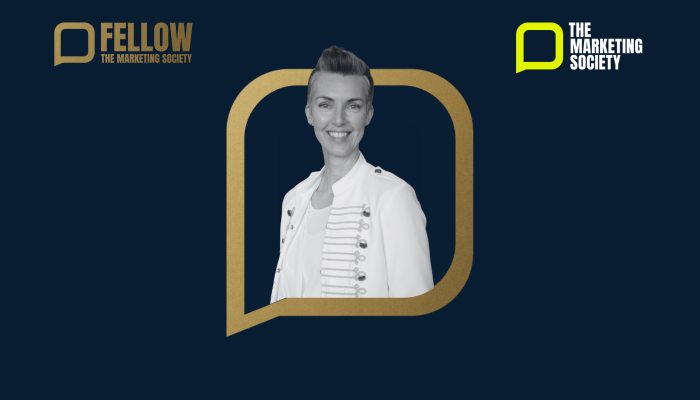Photojournalist Lynsey Addario has captured death, violence and disruption in countries torn by war.
From working with National Geographic to The New York Times, she has one mission: To capture the truth and share it with the world.
It takes pure bravery to put your life aside and work amongst gunshots and bombs - so as part of our Brave programme, we teamed up with Time Inc to have breakfast with this inspiring photojournalist, and this is what we learned:
On photojournalism
Lysney has been documenting war and conflict through her photos for over 20 years.
On why she does it:
'I think for me it’s been about learning about cultures, giving people a voice, trying to understand what’s happening on the ground and document history and truth.'
She sees the power of journalism and how it can affect 'policy-makers decisions', as well as being able to see the impact US foreign policy has on the rest of the world.
That's why when news broke of the 911 attacks, she went 'directly to Afghanistan and there she realised just how much our' policies had a global impact.
She continues, 'As an American, I wanted to be there and bear witness from the ground, the war.'
So she takes it in her stride 'to provide politicians with the truth from which to make decisions.'
On bravery
Modestly, Lynsey describes herself as 'committed and dedicated'.
She adds, 'I don’t think of myself as brave at all. The brave people are them', she points to a photograph of a family that immigrated to escape war, celebrating their child's birthday, 'the men and women born in the war who are under bombardment everyday and have no hospitals.'
But surely there's a thing or two we could learn about bravery from the woman who has faced death whilst working and yet goes back to capture their story?
Lynsey puts dealing with the stress of the job down to communicating and having a big support network who encourage you.
'There are many studies on post traumatic stress disorder' she says, 'I think for me it’s very important to communicate and talk about what I’ve been through and I think that helps me process everything.'
On being a woman
Lynsey used her power as a woman to connect with woman in war-stricken countries across the globe.
'I realised as a woman, I have access to things my male colleagues don’t have. No men could access women in their home when working with the Taliban.'
She used this access to women who were segregated, to help give them a voice and capture their harrowing experience of living on the ground amidst war.
On the future of journalism
As newsrooms shrink and budgets are slashed, there's isn't as much money backing the industry as there was when Lynsey started her career as a photojournalist.
This is impacting the quality of news that journalists are able to get, as instead of having a two-month lead time on capturing a story, she's asked if she can shoot it in just five days.
'We don’t have the chance to have the intimacy, in order to become part of the citizens' lives and truly capture them, with time we get insight into their life that I otherwise wouldn’t get.'
But on the flipside, social media is opening up a new world of 'different opportunities' for aspiring journalists.
Unlike traditional news telling, 'you can hit people in different ways' through social media, says Lynsey.
Whether that's through posting a hard-hitting photo onto Instagram or being the first to break news through Twitter.
On what we can do
You don't have to quit your job and become a journalist to help fight injustice around the world.
Lynsey insists marketers and ordinary people can help spread the truth from home, just by supporting the right platforms and media companies such as Time Inc.
She says, 'We need the budget, the support, the encouragement and the backing. The journalism is there and we are willing to risk our lives, we just need the support.'
And if you're not a company which has the advertising budget to back papers, a simple re-tweet will help raise awerness to real life global issues, amongst the array of fake news.
By Orianna Rosa Royle, digital assistant, The Marketing Society



